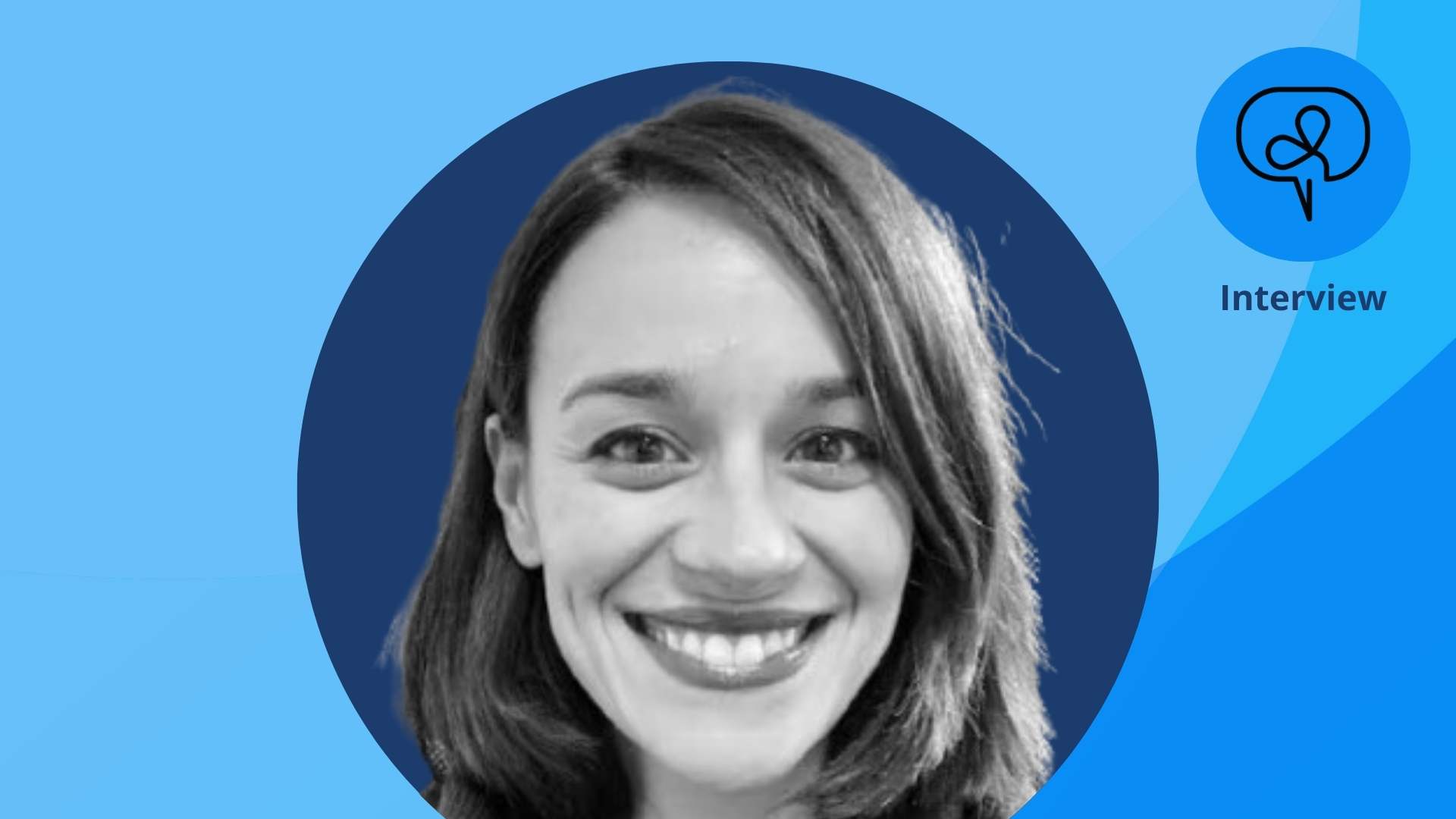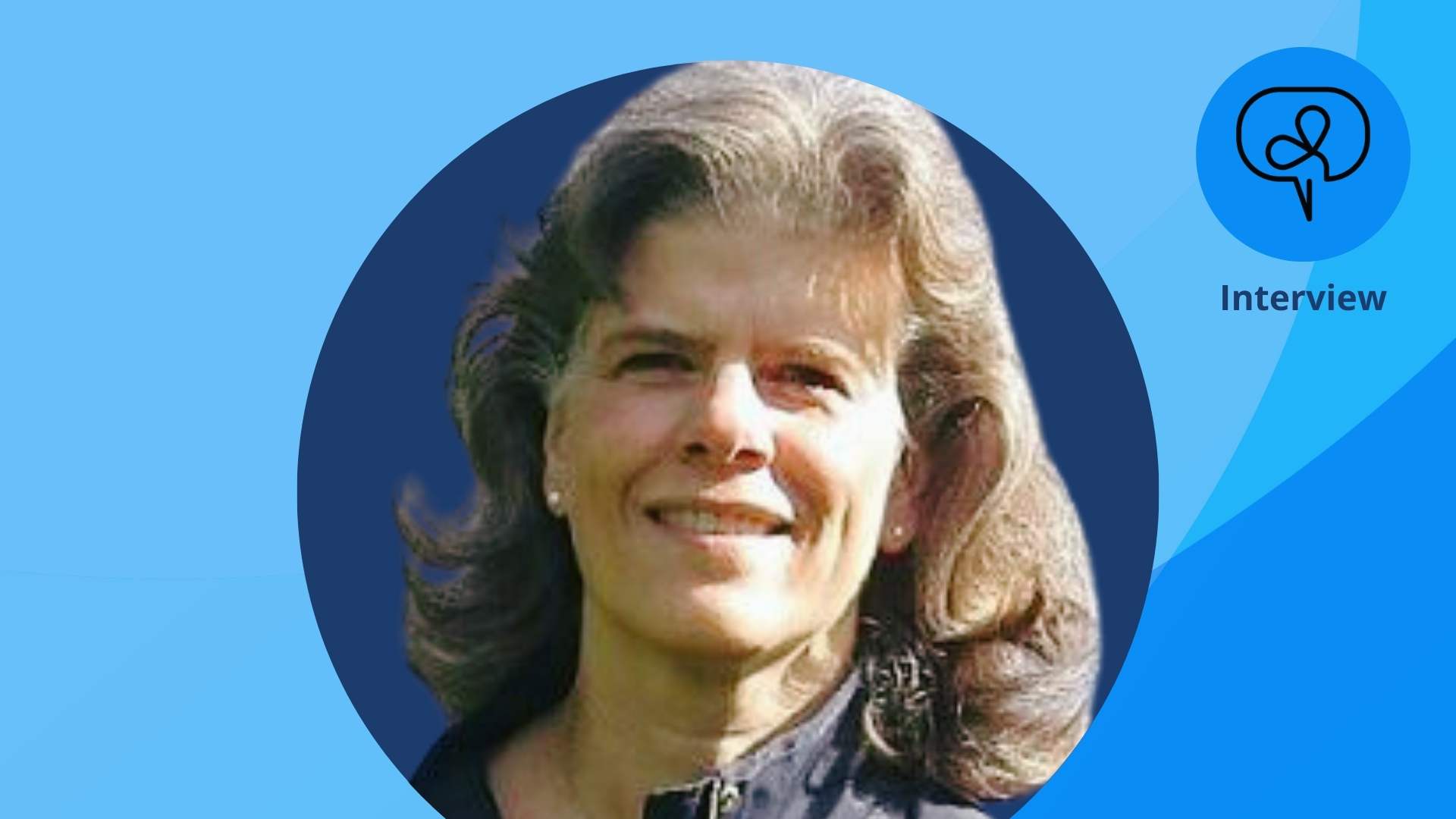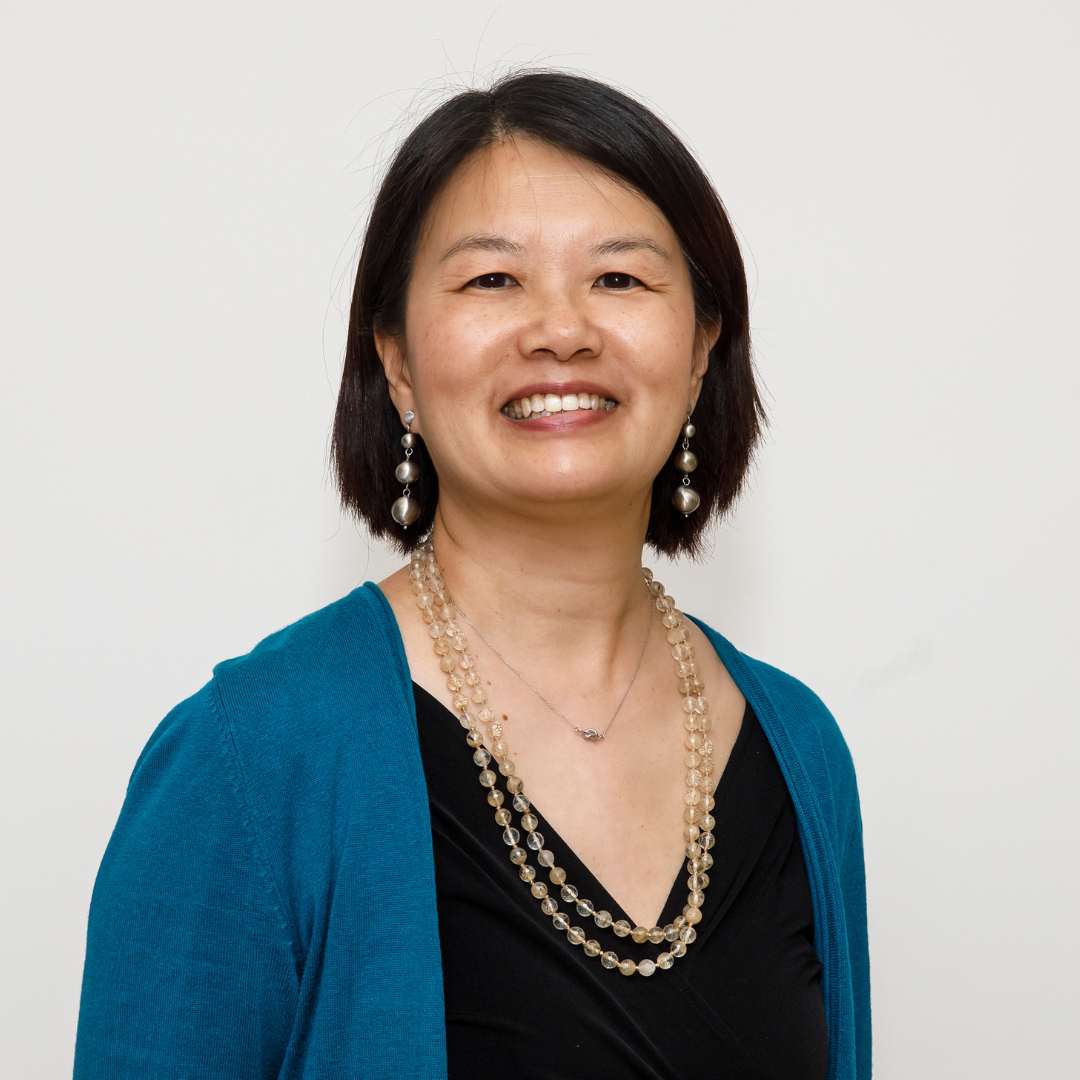
Spotlight Interviews with AGA 2023 speakers: A conversation with Andrea Zinn
The 2023 Annual General Assembly offered an opportunity to reflect on two decades of rural development and aid effectiveness. This interview series looks at the shifts and changes that have taken place from the perspectives of diverse voices in the donor community.
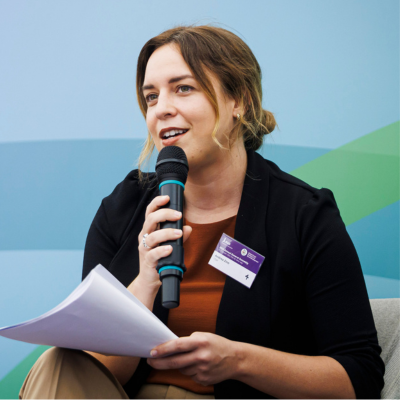
Andrea Zinn
Director, Council on Smallholder Agricultural Finance (CSAF) and Senior Manager Aceli Americas, Aceli Africa
Andrea Zinn is the Director of the Council on Smallholder Agricultural Finance (CSAF), a network of lending practitioners promoting an inclusive finance market for farmer cooperatives and agri- small and medium-sized enterprises (SMEs). Andrea is also the Senior Manager of Aceli Americas, providing advisory on adapting the Aceli Africa incentive model to mobilize private capital to agri-SMEs in Latin America.
During the 2023 AGA, Andrea provided a high-level reaction to the findings and recommendations of the GDPRD/Shamba enquiry on making donor funding more catalytic. She also participated in the enquiry through an interview to provide her expertise and views.
GDPRD Secretariat/Michelle Tang: The 2023 Annual General Assembly is a moment to pause and reflect on 20 years of rural development and aid effectiveness. What have been the major shifts and what has truly made a difference?
Andrea Zinn: It's clear donors alone cannot effect enough change to achieve our goals around rural development and climate. The private sector needs to step in, but it’s particularly challenging to invest in agriculture. As many are aware of, the agriculture sector faces many risks and private investors face trade-offs compared to other sectors with higher returns and less risk.
That’s where there’s a need for donor coordination with the private sector. We've seen success stories when donors step in to make financing more effective, realistic, and affordable so that investors can cover the high transaction costs and risks in agriculture. That financing can then create tangible impact at the agricultural SME and cooperative level, and ultimately to improve farmer livelihoods and positive environmental performance.
Andrea Zinn | Director, Council on Smallholder Agricultural Finance (CSAF) and Senior Manager Aceli Americas, Aceli Africa. This video is from a recording of the interview, conducted by the Secretariat of the Global Donor Platform for Rural Development in Rome, Italy on 30 October 2023.
Michelle: Looking at the next 20 years, what needs to happen to truly make a difference in rural communities and tackle food insecurity? What is the key ingredient in getting donors to coordinate better and with tangible results?
Andrea: What seems effective is having donors buy into a model that works. When donors come in with specific ideas of what they want done and a strict funding timeline, it becomes difficult to create effective, long-term results. We've been fortunate to work through cooperative agreements where donors buy into our model at Aceli— which also allows other donors to opt in. We can then create larger funding pools with targeted coordinated efforts.
We're also aligning around data. Oftentimes, donors collect similar metrics, but they're not calculated in quite the same way so they're not comparable— meaning that donors can spend more time collecting data rather than building evidence. For effective blended finance models to work, the model can act as a proof of concept and then be folded into the enabling environment and national policy. Where we've had more donor coordination, we could build more evidence with the long-term goal of influencing policy.
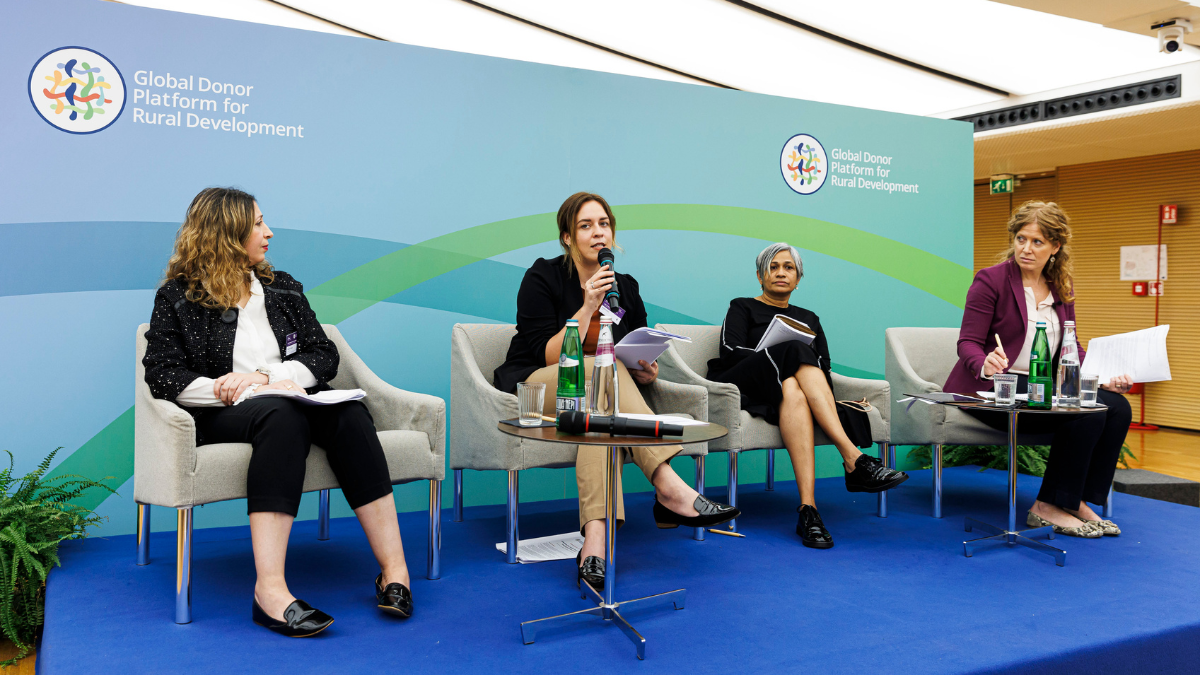
Michelle: What do you think is the ingredient to scale this up so that we can move from the billions to the trillions?
Andrea: With blended finance, the metric most advertised is often the leverage ratio of every donor dollar to the amount of capital mobilized, with 4 being the average ratio and dropping even lower for the agriculture sector or private sector capital. At Aceli, we've achieved a 10 to 12 ratio, but we question whether that is the most effective way to measure impact. We’re continuing to research and build evidence around the best ways to measure the effectiveness of donor capital.
One way we do so is measuring how much mobilized capital goes to new borrowers. Creating new borrowing relationships is one indicator of additionality—something that is hard to measure. I wouldn’t say that new borrower relationships alone are enough to prove additionality, but it’s one way we are measuring impact beyond the leverage ratio. I would love to see other blended finance models go beyond their leverage ratios to ask what's most valuable or most needed. Sometimes changing the model may bring the leverage ratio down, but reach more agriculture SMEs. There are only so many SMEs that can absorb a $1 million loan, and far more SMEs that need $100,000. By finding ways to get finance to this much larger portion of the market, it's possible to have substantial impact in the short term and build a pipeline of SMEs that can grow over time.
At CSAF, we recognize the important role of farmer cooperatives and agricultural SMEs in their communities. They strengthen the local economy and are well-positioned to employ women, youth, and indigenous populations. They also have the linkages to smallholder farmers and can promote climate resilient activities. However, the investors trying to finance these organizations face high transaction costs and high risks without a strong addressable demand, or in other words, without a strong pipeline of SMEs ready to receive financing.
Donors can help remove some of that risk and play a part in financing technical assistance, something which is often disconnected from the financing component. Agricultural SMEs need strong operations teams to manage their cash flows and take on debt or equity. There's also space to create innovative risk-sharing mechanisms to defray risk for investors. Lenders struggle to find agricultural SMEs that meet collateral requirements and donors can step in to share in that risk to reach SMEs that are otherwise underserved.

We've seen success stories when donors step in to make financing more effective, realistic, and affordable so that investors can cover the high transaction costs and risks in agriculture.
We realize that donor capital is a precious good. For CSAF, what are the best ways to utilize donor capital? What can donors do in the future to best assist CSAF?
CSAF was created over 10 years ago because impact investors were facing these barriers and often making the same mistakes, but they were doing so in silos without talking to each other. So, we came together to share our lessons learned and contribute our data publicly so other actors can learn and build from our experience. Historically, there was not a lot of infrastructure for the agricultural SME sector, especially when compared to the microfinance sector which has many benchmarking tools and cross-analyses available, as well as substantial academic research regarding effectiveness and best practice. The stronger infrastructure we can build as a sector around agriculture SMEs, the more that will lead to evidence and learning which can shift investor behaviour and change policy to create a stronger enabling environment.
CSAF leads the way in some of the findings that came from our report on Innovative Finance. Specifically, regarding finding #4 that donors should create a data repository on the performance of agri-food SME loans, what would you recommend for the GDPRD in starting to create an appetite for a similar database?
It's a very interesting proposal. I imagine donors are collecting and tracking data in different ways and it will be challenging to make sure the collected data is comparable with cross-checks in place to ensure accuracy.
The other challenge is getting people to use it. We need to think critically about the indicators and what is useful. We see lots of information sources where there's a big database but people don't know how to apply it to their day-to-day work.
We need to do a good job of creating information that is useful and accessible to practitioners, that can shift the behaviours of the private sector and donors in a way that can effect change.

Andrea Zinn interviewed by the GDPRD Secretariat after the Annual General Assembly on 30 October 2023 at IFAD HQ in Rome, Italy.
Photos: ©IFAD/Flavio Ianniello














